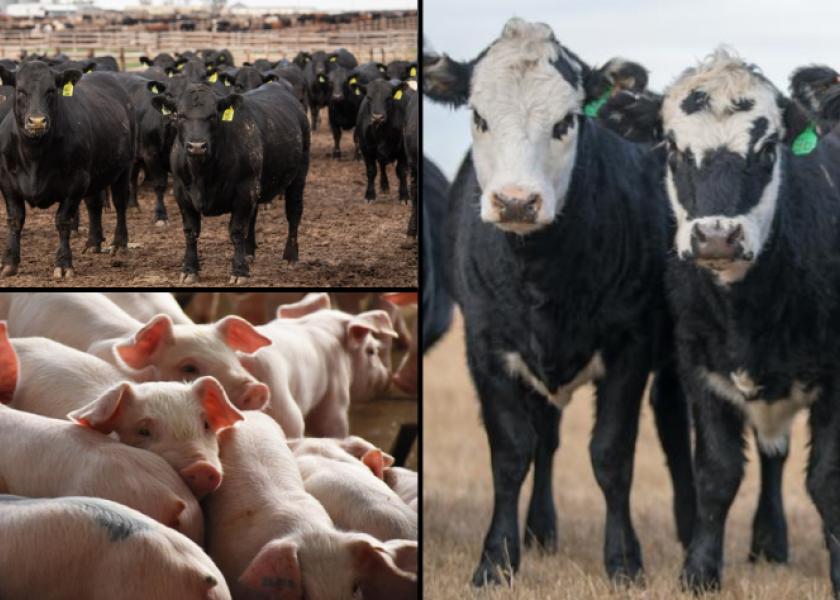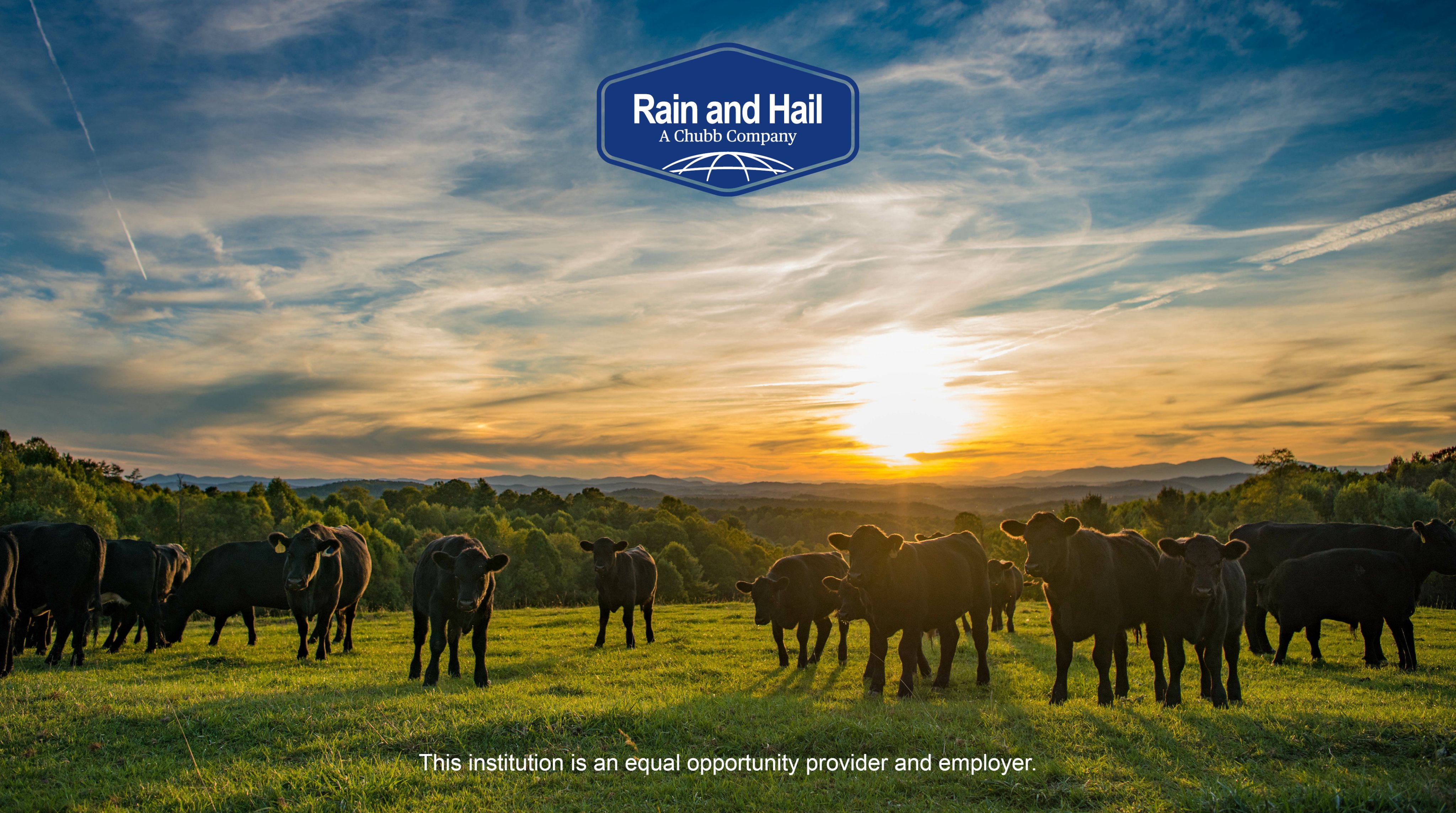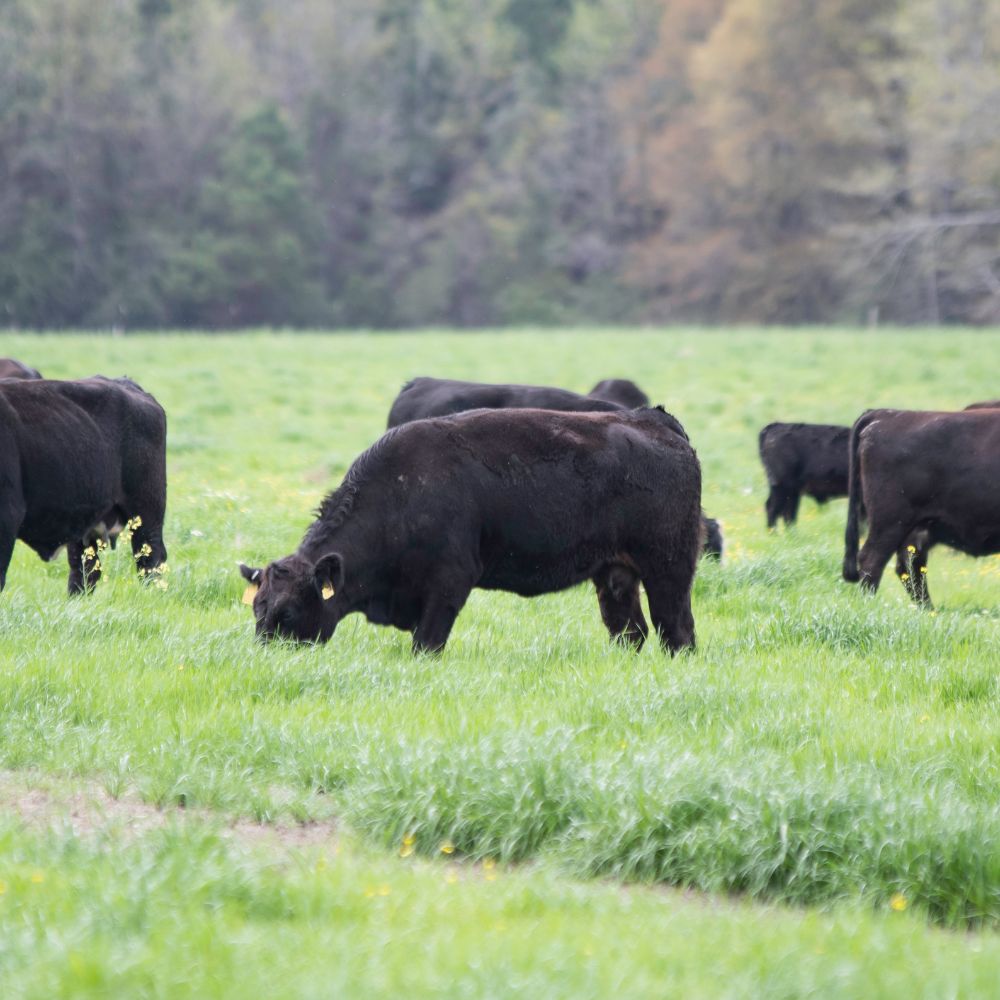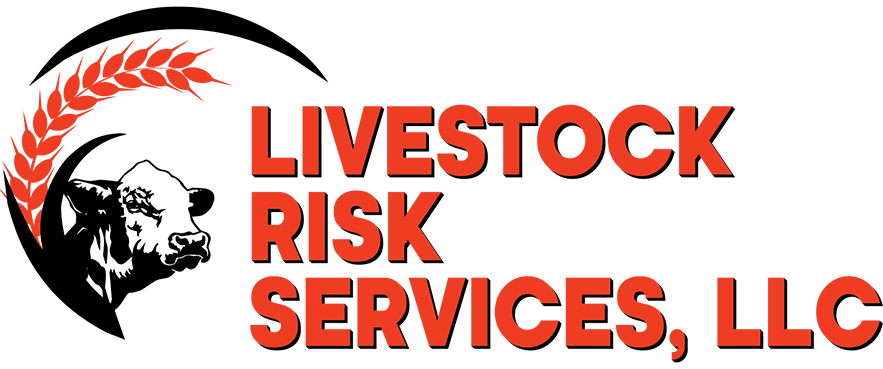Understanding Livestock Danger Protection (LRP) Insurance Policy: A Comprehensive Guide
Navigating the realm of livestock danger protection (LRP) insurance can be a complicated endeavor for several in the farming market. This kind of insurance policy uses a safeguard versus market variations and unexpected conditions that could influence livestock producers. By understanding the intricacies of LRP insurance policy, manufacturers can make informed decisions that may secure their operations from monetary risks. From exactly how LRP insurance functions to the various insurance coverage alternatives readily available, there is much to reveal in this extensive guide that could possibly shape the method animals producers approach danger management in their companies.

Exactly How LRP Insurance Works
Sometimes, recognizing the auto mechanics of Animals Danger Protection (LRP) insurance coverage can be complicated, but breaking down just how it functions can supply clarity for herdsmans and farmers. LRP insurance coverage is a risk monitoring device designed to shield animals producers against unanticipated price declines. The policy allows producers to set a protection degree based on their specific requirements, picking the number of head, weight variety, and insurance coverage rate. When the plan is in area, if market value fall listed below the insurance coverage rate, producers can file a claim for the distinction. It is essential to note that LRP insurance coverage is not a profits guarantee; instead, it focuses exclusively on price danger defense. The protection duration commonly ranges from 13 to 52 weeks, providing adaptability for producers to pick a duration that aligns with their manufacturing cycle. By utilizing LRP insurance policy, ranchers and farmers can reduce the monetary risks connected with varying market value, making sure better security in their operations.
Qualification and Insurance Coverage Options

When it involves insurance coverage choices, LRP insurance policy supplies manufacturers the versatility to pick the protection degree, protection duration, and recommendations that finest suit their threat administration requirements. Coverage degrees generally range from 70% to 100% of the expected ending worth of the insured animals. Producers can also pick insurance coverage durations that straighten with their production cycle, whether they are insuring feeder livestock, fed cattle, swine, or lamb. Recommendations such as price threat protection can even more personalize protection to safeguard versus damaging market changes. By understanding the eligibility standards and protection choices available, livestock producers can make enlightened choices to handle threat effectively.
Pros and Disadvantages of LRP Insurance
When evaluating Livestock Danger Protection (LRP) insurance coverage, it is necessary for animals manufacturers to evaluate the drawbacks and benefits integral in this risk management tool.

One of the primary benefits of LRP insurance coverage is its capability to provide protection versus a decrease in animals prices. This can assist protect producers from economic losses arising from market fluctuations. Additionally, LRP insurance provides a level of adaptability, permitting producers to read this article tailor coverage levels and plan periods to match their details requirements. By securing in an ensured price special info for their livestock, manufacturers can much better take care of risk and prepare for the future.
One constraint of LRP insurance coverage is that it does not secure against all kinds of dangers, such as illness episodes or all-natural catastrophes. It is important for producers to very carefully assess their individual risk direct exposure and monetary situation to figure out if LRP insurance is the right danger monitoring device for their procedure.
Understanding LRP Insurance Policy Premiums

Tips for Taking Full Advantage Of LRP Conveniences
Making the most of the benefits of Livestock Threat Defense (LRP) insurance policy needs tactical planning and aggressive threat monitoring - Bagley Risk Management. To maximize your LRP insurance coverage, take into consideration the adhering to suggestions:
Frequently Evaluate Market Problems: Stay educated about market trends and rate variations in the animals industry. By checking these factors, you can make informative post informed choices about when to buy LRP insurance coverage to protect against possible losses.
Establish Realistic Protection Degrees: When picking coverage levels, consider your production costs, market worth of livestock, and possible dangers - Bagley Risk Management. Establishing reasonable protection degrees makes sure that you are effectively secured without paying too much for unnecessary insurance coverage
Expand Your Protection: Rather than depending exclusively on LRP insurance coverage, take into consideration diversifying your risk monitoring approaches. Incorporating LRP with various other risk management tools such as futures contracts or options can give detailed protection against market unpredictabilities.
Review and Change Protection Routinely: As market problems alter, regularly assess your LRP protection to guarantee it lines up with your present threat direct exposure. Adjusting insurance coverage degrees and timing of purchases can assist optimize your danger security strategy. By adhering to these tips, you can optimize the benefits of LRP insurance and guard your animals procedure versus unanticipated dangers.
Conclusion
Finally, livestock risk security (LRP) insurance coverage is a valuable tool for farmers to handle the financial dangers associated with their animals procedures. By understanding exactly how LRP works, qualification and insurance coverage alternatives, in addition to the pros and cons of this insurance coverage, farmers can make informed choices to safeguard their source of incomes. By very carefully taking into consideration LRP costs and implementing approaches to make best use of benefits, farmers can reduce possible losses and guarantee the sustainability of their procedures.
Animals manufacturers interested in obtaining Animals Risk Protection (LRP) insurance policy can explore a variety of eligibility criteria and protection options customized to their particular livestock operations.When it comes to insurance coverage alternatives, LRP insurance coverage uses producers the adaptability to choose the insurance coverage degree, protection duration, and endorsements that ideal match their danger management requirements.To grasp the ins and outs of Animals Threat Security (LRP) insurance coverage totally, comprehending the factors influencing LRP insurance costs is essential. LRP insurance premiums are identified by various components, including the protection degree selected, the anticipated rate of livestock at the end of the insurance coverage duration, the type of livestock being guaranteed, and the length of the protection period.Review and Change Protection Routinely: As market problems change, occasionally review your LRP coverage to ensure it straightens with your current danger exposure.